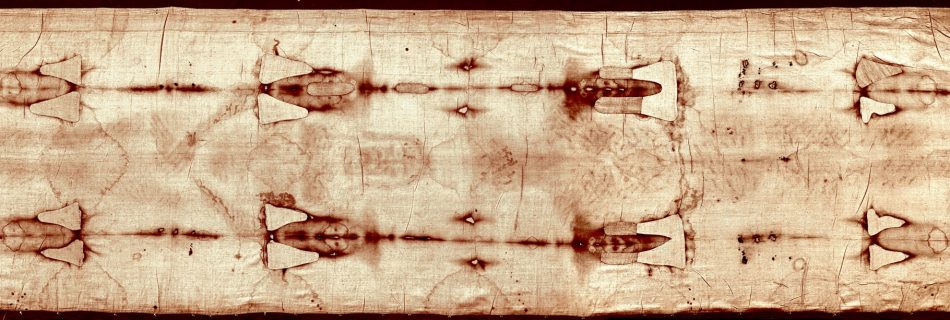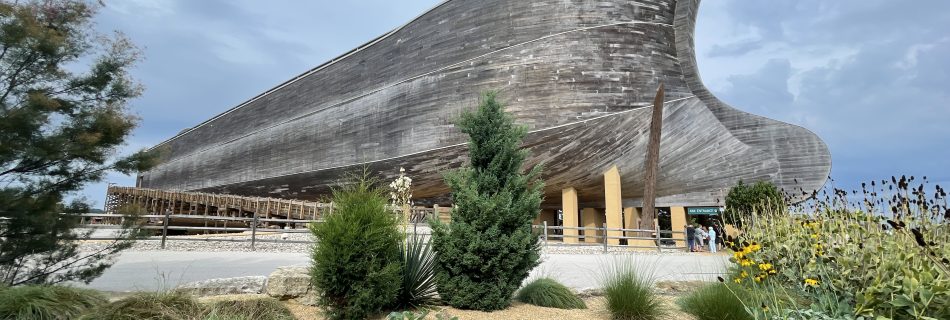DNA analysis
DNA analysis has been done on dust particles collected from the TS. It is able to identify plant and human particles and their estimated geographic origin. Several plant taxa native to the Mediterranean area were identified as well as species with a primary center of origin in Asia, the Middle East or the Americas but …

